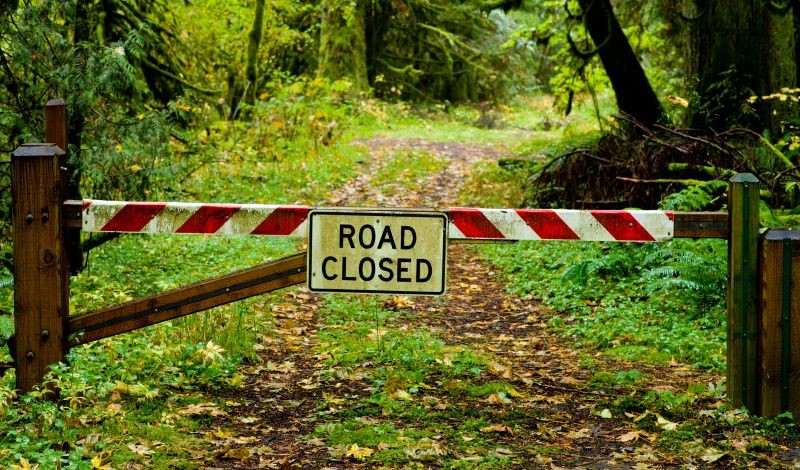
Scholar examines how community-based regulatory reforms can support efforts to scale up the United States’ electric grid.
The U.S Department of Energy warns that, to fight the ravages of climate change, the United States must shift completely from fossil fuels to renewable sources of energy. Making this shift will require the existing interstate transmission system to be expanded dramatically. But many states are standing in the way.
In a recent article, attorney Jetta Cook argues that states are the main barriers to increased nationwide transmission. She points to a recent referendum in Maine, for example, that halted progress on a $1 billion transmission line project from continuing through its borders, even though that project was designed to enable Massachusetts to meet its renewable energy goals.
Cook notes that, to connect renewable energy generation facilities with consumers, transmission lines often must pass through states that will not draw electricity from the line. Furthermore, many states object to transmission lines when they would pass through the state without providing any direct benefit to the residents.
Currently, the Federal Power Act grants each state the authority to approve the siting of energy infrastructure within its own state boundaries, even when a proposed transmission line would extend beyond the state’s borders.
Cook recommends that federal regulators implement community-based approaches to work with state and local authorities to overcome these challenges. Cook’s solutions would seek to mitigate the tension between each state’s individual interests and the interstate cooperation needed to build a more robust national transmission grid.
In addition to states’ authority over the siting of transmission lines, state laws often give private transmission companies the right of first refusal on new transmission construction. According to Cook, these rights of refusal grant current owners of transmission infrastructure within a state first “dibs” on new transmission projects, even those originating out of state. What does this mean in practice? These refusal rights can increase costs and stunt technological innovations by barring competitive bidders from the process of developing interstate transmission projects.
But on the other hand, Cook acknowledges that these first-refusal rights can, at times, encourage new development by mitigating some level of financial risk. Instead of permitting competitors to use existing infrastructure for their own benefit, restricting control over continuing transmission projects to the original investors decreases some financial risks.
In light of the potential benefits and drawbacks of refusal rights, the Federal Energy Regulatory Commission (FERC) issued an order in 2011 that sought to motivate expansion of interstate transmission lines by eliminating federal requirements to give first-refusal rights to current owners of transmission lines. But in the wake of FERC’s order, state laws granting the same kind of first-refusal rights proliferated.
In the face of these state barriers to a nationwide transmission network, Cook advises FERC to take local perspectives more seriously. Cook urges federal regulators to engage with local and state authorities in grappling directly with the underlying issues that cause holdups. Because many interstate transmission projects are often halted over a small number of issues, such as cost or environmental concerns, FERC—as well as the private companies who may help fund these projects—should bring local stakeholders to the table in the planning process to head off these issues before they grow, Cook argues.
Cook also urges the Energy Department to adopt creative economic solutions aimed at alleviating the cost-effectiveness problems that plague transmission line development, which would also eliminate the need for anti-competitive yet risk-mitigating rights of refusal.
The Infrastructure Investment and Jobs Act, for example, created a $2.5 billion transmission facilitation program which allows the Energy Department to invest alongside developers in new transmission projects. Cook argues that, although using federal subsidies available under the Act would not eliminate all project roadblocks, the funding could mitigate some of the financial aspects of interstate transmission projects that states sometimes protest.
Cook concludes that, although top-down federal regulatory action in the past has failed to solve the state-level problems facing transmission, federal regulators can—and should—engage with local communities and deploy creative funding methods to help the United States transition to a more sustainable energy mix to fight climate change.
The Iowa Supreme Court last month temporarily barred a law that gives existing utilities a right-of-first-refusal for building transmission lines in the state. The Court explained in its decision that the plaintiff, LS Power, would likely prevail in an ongoing lower court case in arguing that the law stifles competition in violation of the Iowa Constitution.



